Recently a medical board based on a global survey stated that video games improved the cognitive abilities of children and helped tone down their behaviour comparatively. This does bring in a new ray of light for all those parents who have been looking for a range of impulse control activities for kids. One of the most difficult jobs is to control children and harness their behavior in the correct direction. Since they are at a nascent stage in terms of understanding, in a sudden fit, they might act in a way that would harm them inadvertently in the long run. It is crucial to hold their urge back.
As you scroll down this article, you will get a list of activities perfect for holding back their instinct and how they are beneficial in the long run. Additionally, you will also get answers to some of the most common queries that parents have regarding these games. Let us help you find out the details.
Table of Contents
Which are the best impulse control activities for kids?
In this section, you will get a better idea of the ways by which you may control the sudden reaction of your kids –
Activity 1 – Red Light, Green Light

This is a classic in this list of impulse control games. Rather than controlling your instincts promptly, this directs the kids to react to those but in a positive manner. Backed up by the concept of – controlling your physical movements to have a grip over your impulses, this game kickstarts at the ‘green light.’ The kids are asked to walk over (just like traffic rules). Then, at a specified moment, they are asked to stop – ‘red light.’
Those kids who stop tend to develop greater impulse control vis a vis those who could not/did not.
In this way, their mind and body activities are controlled – bringing about a parity. When practiced consistently, the natural impulses of the kids are restrained and they pause, take a breath and then respond to certain situations, instead of generally reacting.
Activity 2 – Simon says
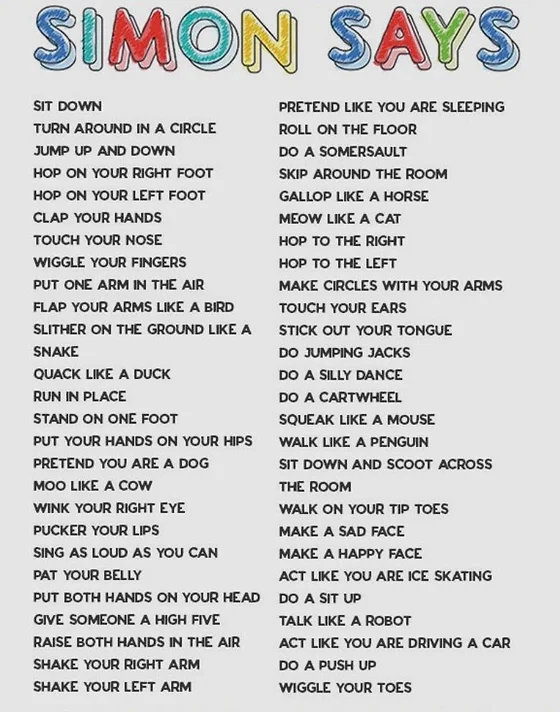
This is another of the classic games that you must try out with your kids. This not only assists in self-control but also helps with one’s listening skills. Let us try explaining this game to you. For starters – if you say ‘Simon says laugh,’ and your kid repeats the same and laughs, then he wins spot on. However, if you again give the same command, but this time he is not supposed to state the command and simply do it accordingly – and he again repeats the command before laughing, then he loses the game.
Therefore, the kid has to hear the command and then respond in the ideal manner. Hence, it is not just self-control that matters here. What matters also is – how they grasp the command and how well they can act to that.
Therefore, unlike others, if you are looking for impulse control activities for kids that are fun yet educative – this is the game to choose.
Activity 3 – Don’t Eat The Marshmallow
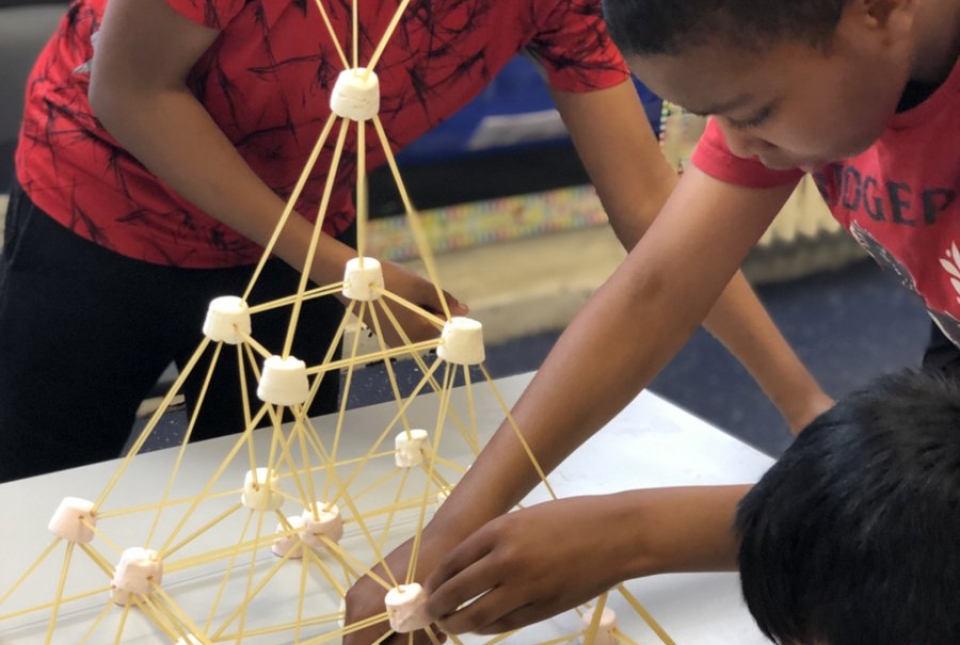
This game, compared to any on this list, has a scientific experiment backing to it – ‘The Marshmallow Test.’ To increase your child’s sense of self-control and hold back their natural tendency of ‘doing just what he has been instructed against’ – place a marshmallow before your child (or any other candy/toffee) and leave the room for 10 minutes. The prize goes if the kid does not eat the toffee/candy, then he would get another one in return.
If we talk of the scientific experiment, then it was found that most kids ate up the marshmallow rather than waiting. This is the test here. Guide your child in a way so that he or she can actually wait for the second piece of candy rather than eating that up. Self-assurance, self-control, and patience – are the key features that this activity teaches your child.
Activity 4 – The No Talking Game
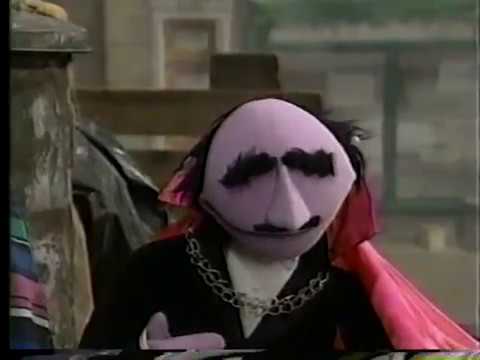
It is not often that you would find impulse control activities for kids that are equally attractive to parents. The key concern with the one practicing this game is developing an awareness about the surroundings rather than merely withholding an impulse to break the silence.
In this case, you have to start by telling the concerned person (whoever is playing this game) that they have to keep mum and not even move out of their seat. Now, sitting in one place, they will have to take notes of everything that is happening around them – from the sights and sounds to the smells and emotions that they feel at that moment. Even when they are craving to talk, they are not supposed to give in.
Therefore, this game categorically helps control one’s instincts since the moment you break the silence, you are considered out. Also, this teaches them how to wait for their turn rather than cutting people off in their speech.
Activity 5 – Jenga game
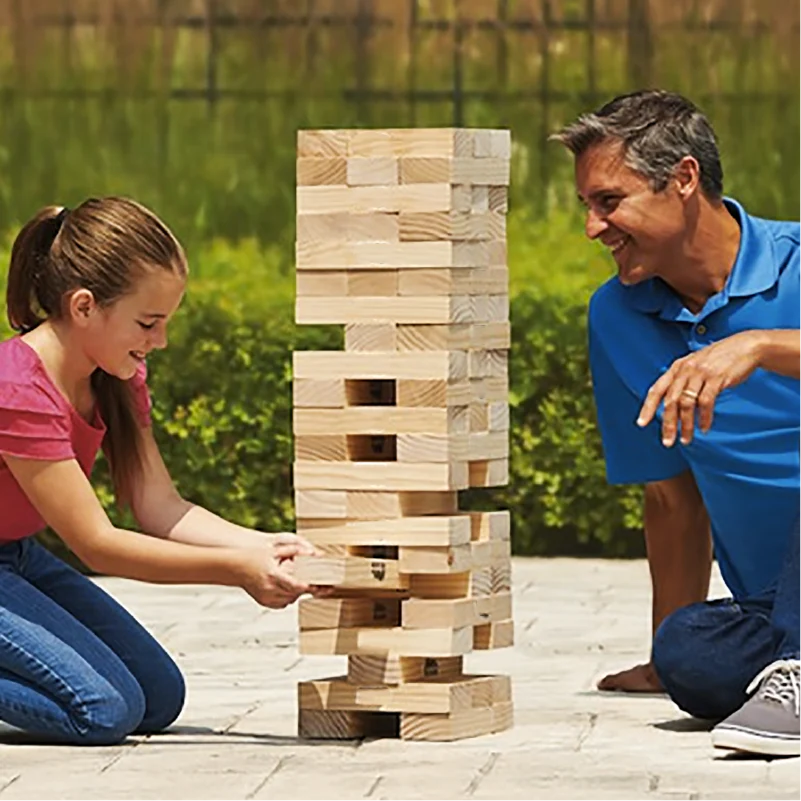
Remove a piece fast; the tower will topple. If you are too slow, you lose the game. That’s exactly what Jenga teaches you. When you make your kids play this game, the first thing that they have to notice is – that they are strategic and have a sense of self-control so that the mountain does not topple.
The moment they have to bring this level of self-control in them, automatically, with practice, they will stop giving in to their urges. They would rather note things well and then try to give a calculated response to that scenario.
Activity 6 – Board/Card games
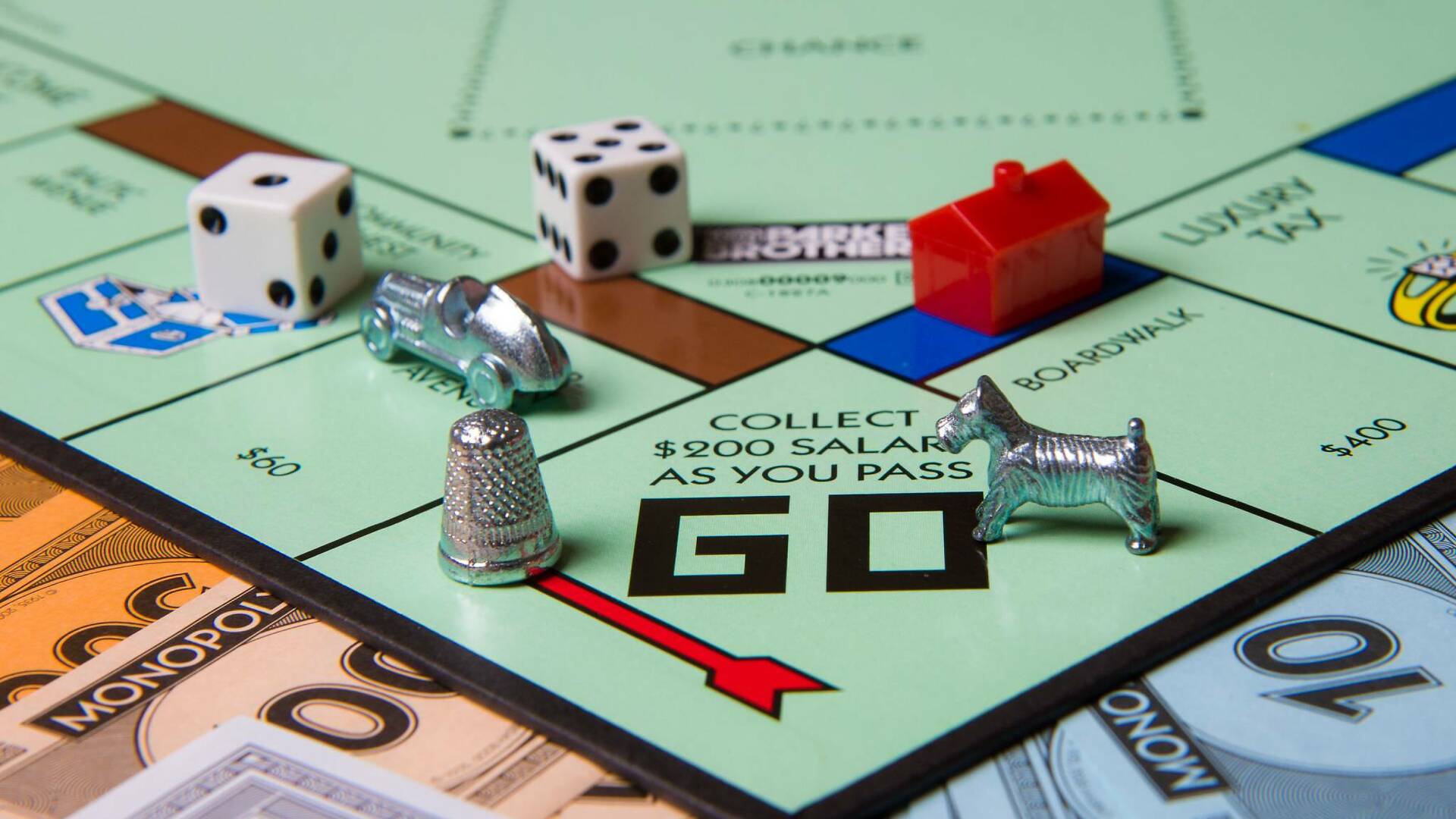
Unlike the previous ones mentioned, this is one of those impulse control activities for kids that improves their cognitive ability and teaches them patience. Whether it’s the board one or the card one, in either case, the kids have to think of a way out that directly improves their cognitive ability. Next, when they plan out their move – they have to pause, which amplifies their sense of patience. Finally, when they make a move, that signifies the final decision that is taken after much thinking – thus improving their power of thinking.
When this is practiced for a long time, automatically, the child, rather than concentrating on their instinct, is concerned about responding correctly.
These 6 activities, if practiced with consistency and discipline, will assist your kids in regaining control over their emotions and help them respond to certain situations rather than instinctively reacting to every situation. Therefore, you must pick up any 2 or 3 activities from this list and try conducting the lessons with your kids. It has been found that after a month or so, when followed correctly, these activities have had a positive impact on the kids.
What mistakes can you make as parents?

Assuming you have read the impulse control activities for kids that we have mentioned in this list well. Now, as a parent, to ensure that these activities work faster, you might create a stricter environment for the kids. That’s a mistake you will perhaps make. None of these activities work in a saturated environment. Here are some activities that do not work when it comes to dealing with kids –
- Do not go in for a punishment-based approach. That includes shaming them, as well as binding them with a host of rules (even within the purview of the game).
- Also, while you are trying to calm their impulsive behavior, note down patterns for any emerging behavior. It so happens that in the process of calming one instinct down, the child develops a new instinct that perhaps remains unwatched until too late.
Therefore, as a parent, ensure that you do not make this mistake in the process of trying to control your child’s instincts.
How do you carry forth this activity?

This is another point that you must note – to kickstart a host of impulse control activities for kids is not the only factor. To ensure that it works in the correct direction and ultimately yields positive results, you must consistently work on it and take time out to monitor their reactions. Only when you note the patterns and act accordingly will you finally get over to a breakthrough.
Final thoughts
A person who cannot read the situation and acts instinctively to any given scenario is not someone who can go ahead in the long run. Despite their potential, this instinctive factor hinders his progress in life. Therefore, parents should try out impulse control activities for kids at an early age since that would prepare them for their future and help them harness their energy in the correct direction. Do take note of the same, and ensure that your kids are guided in the right direction with the help of these activities mentioned above.
When you scroll down, you will get answers to some of the most crucial queries that you may still have. Pin this page for future reference and share it with your friends and family.
FAQ
1. Why teaching impulse control is crucial?
The key reason why kids must be taught impulse control is to ensure that – they know when and how to hold themselves back from reacting untowardly in a situation. When people react to impulses in more than a single situation, it is found that they make wrong decisions, and that, in the long run, affects their being. There has been more than a single instance wherein what the kids have done in the past has affected their future prospects vehemently.
2. What is the correct age for impulse control activities for kids?
In this case, the concept is – the earlier, the better. However, the age of 3-5 years is supposedly the correct age to kickstart impulse control activity in kids. They at that age, start getting the hang of things little by little; therefore, one can mold their thought process in a better manner with these activities.
3. How do we know if these activities are working or not?
To understand whether the activities you are trying are actually working or not, you need to keep a note of – ‘before’ and ‘after’ behavior. If you find that your kid is toning down his behavior or taking a pause before reacting (responding rather than reacting), that implies the activities you have engaged him in are working in a positive direction. Supposedly, to notice a marked difference, you need to observe your child over a month and then take note.
Monalisa Mukherjee is a content writer, copywriter and editor with 4 years of experience. She has written for websites like Biography Talk, The Rich Net Worth, Contour Cafe, He And She Fitness and Fiction Pad. She is currently associated with a noted Digital Marketing Agency and specialises in writing press release, guest posts, articles on travel, entertainment, food recipes, celebs, lifestyle, tech, health, and fashion.





